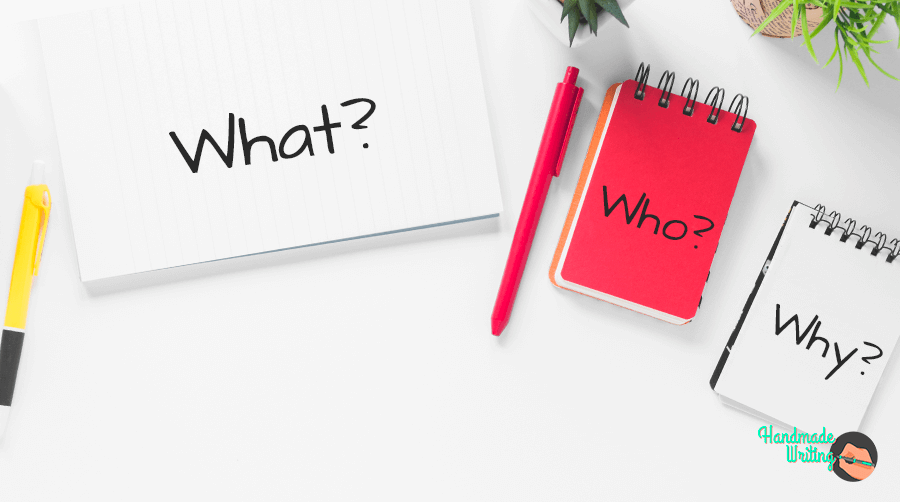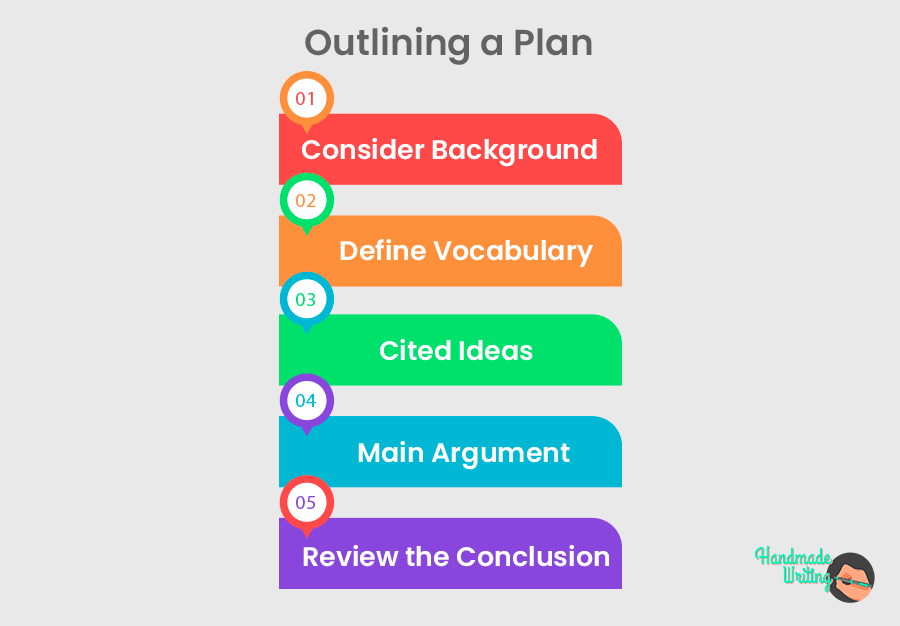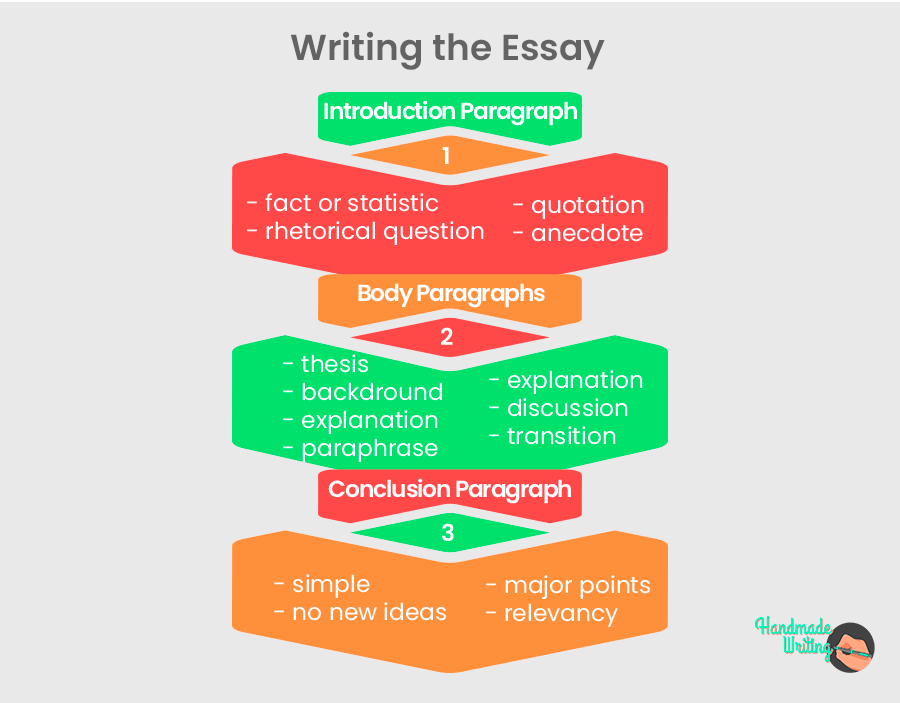Purpose of a History Essay
Wondering how to write a history essay? First of all, it helps to understand its purpose. Secondly, this essay aims to examine the influences that lead to a historical event. Thirdly, it can explore the importance of an individual’s impact on history.
However, the goal isn’t to stay in the past. Specifically, a well-written history essay should discuss the relevance of the event or person to the “now”. After finishing this essay, a reader should have a fuller understanding of the lasting impact of an event or individual.
Need basic essay guidance? Find out what is an essay with this 101 essay guide: What is an Essay?
Elements for Success
Indeed, understanding how to write a history essay is crucial in creating a successful paper. Notably, these essays should never only outline successful historic events or list an individual’s achievements. Instead, they should focus on examining questions beginning with what, how, and why. Here’s a pro tip in how to write a history essay: brainstorm questions. Once you’ve got questions, you have an excellent starting point.
Preparing to Write

Evidently, a typical history essay format requires the writer to provide background on the event or person, examine major influences, and discuss the importance of the forces both then and now. In addition, when preparing to write, it’s helpful to organize the information you need to research into questions. For example:
Who
- Who were the major contributors to this event?
- Who opposed or fought against this event?
- Who gained or lost from this event?
- Who benefits from this event today?
What
- What factors led up to this event?
- What changes occurred because of this event?
- What lasting impacts occurred locally, nationally, globally due to this event?
- What lessons (if any) were learned?
Why
- Why did this event occur?
- Why did certain populations support it?
- Why did certain populations oppose it?
These questions exist as samples. Therefore, generate questions specific to your topic. Once you have a list of questions, it’s time to evaluate them.
Evaluating the Question

Seasoned writers approach writing history by examining the historic event or individual. Specifically, the goal is to assess the impact then and now. Accordingly, the writer needs to evaluate the importance of the main essay guiding the paper. For example, if the essay’s topic is the rise of American prohibition, a proper question may be “How did societal factors influence the rise of American prohibition during the 1920s?”
This question is open-ended since it allows for insightful analysis, and limits the research to societal factors. Additionally, work to identify key terms in the question. In the example, key terms would be “societal factors” and “prohibition”.
Summarizing the Argument
The argument should answer the question. Use the thesis statement to clarify the argument and outline how you plan to make your case. In other words. the thesis should be sharp, clear, and multi-faceted. Consider the following tips when summarizing the case:
- The thesis should be a single sentence
- It should include a concise argument and a roadmap
- It’s always okay to revise the thesis as the paper develops
- Conduct a bit of research to ensure you have enough support for the ideas within the paper
Outlining a History Essay Plan

Once you’ve refined your argument, it’s time to outline. Notably, many skip this step to regret it then. Nonetheless, the outline is a map that shows where you need to arrive historically and when. Specifically, taking the time to plan, placing the strongest argument last, and identifying your sources of research is a good use of time. When you’re ready to outline, do the following:
- Consider the necessary background the reader should know in the introduction paragraph
- Define any important terms and vocabulary
- Determine which ideas will need the cited support
- Identify how each idea supports the main argument
- Brainstorm key points to review in the conclusion
Gathering Sources
As a rule, history essays require both primary and secondary sources. Primary resources are those that were created during the historical period being analyzed. Secondary resources are those created by historians and scholars about the topic. It’s a good idea to know if the professor requires a specific number of sources, and what kind he or she prefers. Specifically, most tutors prefer primary over secondary sources.
Where to find sources? Great question! Check out bibliographies included in required class readings. In addition, ask a campus Librarian. Peruse online journal databases; In addition, most colleges provide students with free access. When in doubt, make an appointment and ask the professor for guidance.
Writing the Essay

Now that you have prepared your questions, ideas, and arguments; composed the outline; and gathered sources – it’s time to write your first draft. In particular, each section of your history essay must serve its purpose. Here is what you should include in essay paragraphs.
Introduction Paragraph
Unsure of how to start a history essay? Well, like most essays, the introduction should include an attention-getter (or hook):
- Relevant fact or statistic
- Rhetorical Question
- Interesting quotation
- Application anecdote if appropriate
Once you’ve captured the reader’s interest, introduce the topic. Similarly, present critical historic context. Namely, it is necessary to introduce any key individuals or events that will be discussed later in the essay. At last, end with a strong thesis which acts as a transition to the first argument.
Body Paragraphs
Indeed, each body paragraph should offer a single idea to support the argument. Then, after writing a strong topic sentence, the topic should be supported with correctly cited research. Consequently, a typical body paragraph is arranged as follows:
- Topic sentence linking to the thesis
- Background of the topic
- Research quotation or paraphrase #1
- Explanation and analysis of research
- Research quotation or paraphrase #2
- Explanation and analysis of research
- Discussion
- Transition to the next paragraph
Equally, the point of body paragraphs is to build the argument. Hence, present the weakest support first and end with the strongest. Admittedly, doing so leaves the reader with the best possible evidence.
Conclusion Paragraph
You’re almost there! Eventually, conclusion paragraphs should review the most important points in the paper. In them, you should prove that you’ve supported the argument proposed in the thesis. When writing a conclusion paragraph keep these tips in mind:
- Keep it simple
- Avoid introducing new information
- Review major points
- Discuss the relevance to today
Problems with writing Your History essay? Try our Essay Writer Service!

Proofreading Your Essay
Once the draft is ready and polished, it’s time to proceed to final editing. What does this process imply? Specifically, it’s about removing impurities and making the essay look just perfect. Here’s what you need to do to improve the quality of your paper:
- Double check the content. In the first place, it’s recommended to get rid of long sentences, correct vague words. Also, make sure that all your paragrahps contain accurate sentences with transparent meaning.
- Pay attention to style. To make the process of digesting your essay easier, focus on crafting a paper with readable style, the one that is known to readers. Above all, the main mission here is to facilitate the perception of your essay. So, don’t forget about style accuracy.
- Practice reading the essay. Of course, the best practice before passing the paper is to read it out loud. Hence, this exercise will help you notice fragments that require rewriting or a complete removal.
History Essay Example
Did you want a history essay example? Take a look at one of our history essay papers.
History essay
Make it Shine
An A-level essay takes planning and revision, but it’s achievable. Firstly, avoid procrastination and start early. Secondly, leave yourself plenty of time to brainstorm, outline, research and write. Finally, follow these five tips to make your history essay shine:
- Write a substantial introduction. Particularly, it’s the first impression the professor will have of the paper.
- State a clear thesis. A strong thesis is easier to support.
- Incorporate evidence critically. If while researching you find opposing arguments, include them and discuss their flaws.
- Cite all the research. Whether direct quotations or paraphrases, citing evidence is crucial to avoiding plagiarism, which can have serious academic consequences.
- Include primary and secondary resources. While primary resources may be harder to find, the professor will expect them—this is, after all, a history essay.
History Essay Sample
Ready to tackle the history essay format? Great! Check out this history essay sample from an upper-level history class. While the essay isn’t perfect, the professor points out its many strengths.
Remember: start early and revise, revise, revise. We can’t revise history, but you can revise your ideas until they’re perfect.










